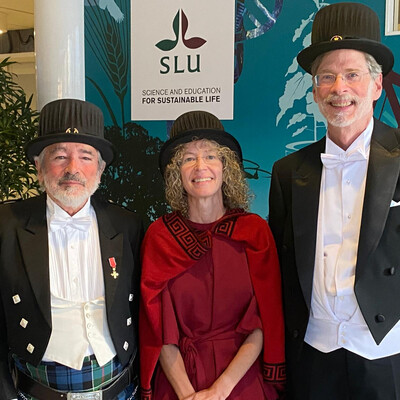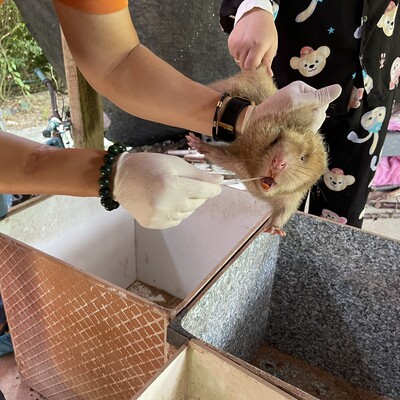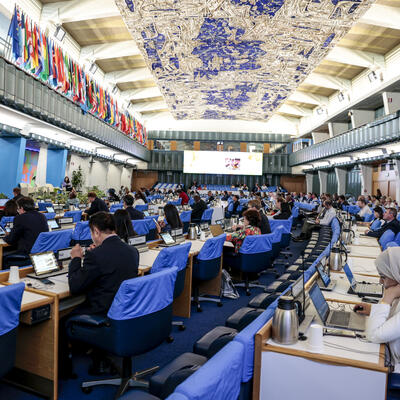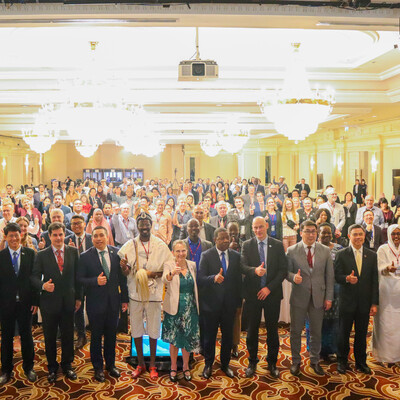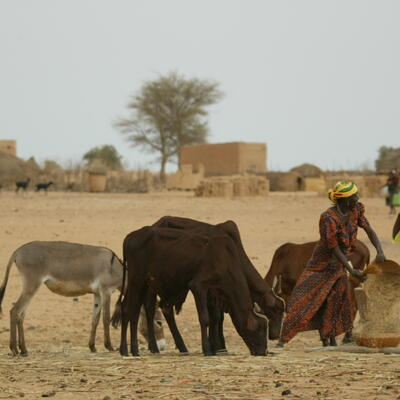
Measuring and mitigating the risk of mycotoxins in maize and dairy products for poor consumers in Kenya
Each year, over 4.5 billion people are at risk of chronic exposure to mycotoxins. These people mainly live in developing countries where exposure to mycotoxins is not sufficiently controlled.
The goal of this project, the fifth of seven work packages of the FoodAfrica Programme, is to reduce the risk of mycotoxin contamination in staple crops in Kenya. To achieve this goal, cost-effective and incentive-based mycotoxin control strategies and solutions will be developed for the use of poor farmers and other actors within the feed-dairy chain.
Principal activities
- Integrated risk and economic assessment of the feed–dairy chain in Kenya
- Investigation of technologies and strategies to reduce the risk of mycotoxins in the feed–dairy chain
- Assessment of milk consumers' awareness of aflatoxins and their willingness to pay for certified aflatoxin-free milk
- Impact assessment of a package of postharvest strategies for reducing aflatoxins in maize
Evidence dissemination and capacity building are included in each activity. The capacity of local researchers and postgraduate students is developed through participation in designing surveys, field work and data analysis.
In addition, participatory methods are applied to develop and test strategies to mitigate the risk of mycotoxins in the feed–food chain. Farmer participatory research engages farmers in action research on their fields so they can learn and adopt new technologies and disseminate the knowledge to other farmers.






